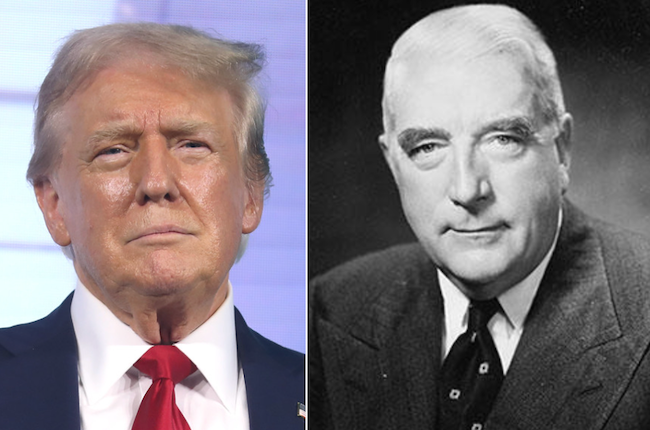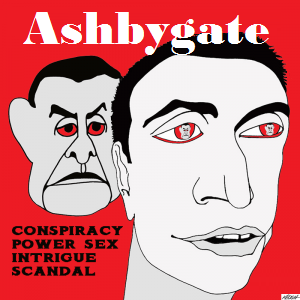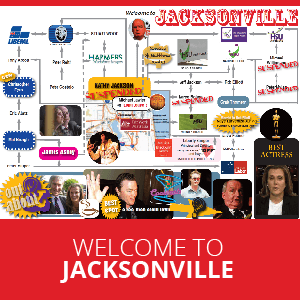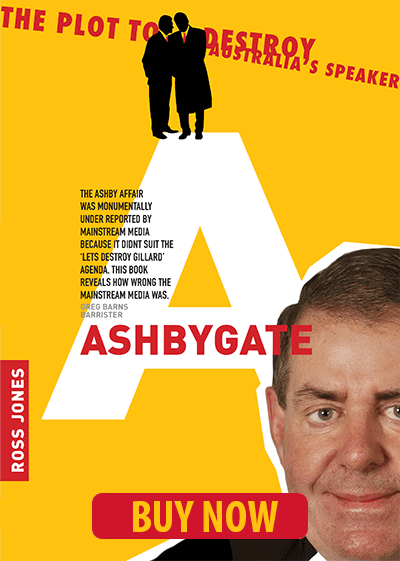The Liberal Party’s recent hammed-up negotiations with the Nationals and their unconvincing rhetoric about "modernisation" indicate they don't yet know what to do — but some strong options may remain, writes Dr Lee Duffield.
The Liberal Party is trying to resolve whether it wants to follow U.S. President Donald Trump or former Australian Prime Minister Bob Menzies — either way, looking back to a past that may or may not be attainable.
DONALD TRUMP LIBERALS
The Donald Trump option
Recent times in Australia and America have shown that reactionary politics can pay off well; at least for a time, until the cat gets out of the bag, and it sinks in with people, what a mess it can make.
Trump, the U.S. President, is abrogating the rights of migrants, kicking them out, sticking them in gaols, to applause from his rougher followers. He is incompetent and making a mess, but would still be competitive electorally, because of this hate factor.
The Australian Liberals trooped their loyal followers over to the “No” camp against the Aborigines and Islanders, and had a “win” in the 2023 Voice Referendum. It was a result not repeatable in the Federal Election later, when many other factors were in play — but they will not have forgotten that thrill.
An article by Annabel Crabb for the ABC, citing research by Antony Green, showed that a clutch of strongly no-voting Labor electorates from 2023, had swung further to Labor this year, maybe favouring the blue-collar appeal cultivated by Prime Minister Anthony Albanese's Labor, over culture wars and politics of division.
But the Liberals will be very conscious of two reactionary options, at least, that can bring them back:
- racial politics around immigration, blaming migrants for everything, acting real tough; and
- climate denial; telling people, once more, not to worry, go for growth, prioritise money, keep on taxing the Earth, which may collapse later this Century, but they won’t know their great-grandchildren — so who should care?
It can be seductive, especially for fools, about being prosperous, and about reviving an imagined past unbothered by concerns over black people, asylum seekers or the environment. The minerals and fossil fuel industry lobbies and their representatives in the Liberal–National Party rooms are always available to help promote that one.
There remains, in this option, also, a strand of radical, deregulatory mayhem, born of “neo-liberal” ideas manufactured in the USA in the 1970s. There, they warmed over aspects of 19th-century free-market economic theory, stripped of its humanitarian logic: “small government”, everything privatised, no taxes, no rules. All to do with ungoverned economic activity and no heart, it was just a step away from open criminality, and also produced a crop of highly assertive billionaires — a descent into oligarchy.
While money talks loudly, and the mad dream is alive, it is today on the nose; even some of the most ignorant and gullible must be starting to wonder where the stink is coming from. A lasting impact is that exponents of neo-liberalism who prioritised profit-seeking and greed, would push out others, and their principles.
The Bob Menzies option
Sir Robert Gordon Menzies formed the Liberal Party and won the 1949 elections, promising to “liberalise” the country, free it from wartime economic controls. He was always up against a “natural” majority for Labor, in something of a manufacturing economy, that could easily unseat him, but got himself a buffer of electoral support with two main strategies:
Strategy A, as the party name implied, was to be liberal, middle-of-the-road, only conservative in a passive way, a status quo party that would protect the interests of business and “nice people”, with qualified affection for rough-old workers. He knew how to watch himself and not go too far in redistributing wealth from have-nots to haves. It was widely appreciated that he kept in check, and marginalised some of the country’s bitterest reactionaries, whom he had in his cabinet from time to time.
Strategy B, was to get dirty, “where necessary”. He read the changing demographics well, seeing general “upward social mobility” among working-class Australians, in a time of prosperity, not least among Catholics, where splitting off from Labor could be justified as opposing godless communism.
Menzies played up to the prevalent Cold War anti-communism, trying to legislate a ban on the Communist Party, talking about “war within three years”, belting Labor Party-affiliated unions with communists in their leadership, jumping to play up an espionage scare — the Petrov affair. In the community, “anti-communism” got distorted, becoming obsessive, dishonest, menacing, dangerous to human rights. The anti-communist Democratic Labor Party, largely Catholic, drew off support from Labor over a crucial 15 years, into the early 1970s, helping Bob Menzies, a wily “Scottish Presbyterian” in those sectarian times, to get his buffer of electoral support.
So a not-so-conservative electorate kept returning a conservative-ish, or liberal-ish, Liberal PM. The buffer permitted him to relax in the saddle and construct a benevolent kind of regime. (Towards the end, he was so relaxed, he would dine very well, then turn up at his famous all-comers campaign meetings half-drunk).
Liberal leaders of the time talked with some sincerity about “good government”, meaning service to the electorate, no corruption, a "classless" society, a "mixed" economy of private and public enterprises, rights of the individual, and the rule of law. The protracted post-war economic boom meant substantial concessions could be made to workers on pay and conditions. The government could be nice guys, and that became the number-two model for the Liberals today – the liberal, “Benevolent Bob” model.
(Not to forget that in 1964, just over a year before he left, Bob Menzies got dirty again, over anti-communism, and race, in the form of the “Yellow Peril”, bringing in conscription and entering the Vietnam War. It set up a khaki election and a strong win for his successor Harold Holt).
Past or future?
The key point about the benevolent or “small-l” liberal alternative today is that while drawn out of the Menzies past, it accords with the way Australian society is going, with the future — there is space for reason and freedom. Nothing signals this more strongly to the Liberal Party than its abandonment by educated middle-class women, standing for parliament independently, taking away its needed, formerly “blue ribbon” parliamentary seats.
Maybe a “liberal” Liberal Party can be got up out of the ashes, as in 1949. It would depend on how that might play with the reactionary conservatives in their ranks, and in the National Party, who would go for a sugar hit of public support over race and energy, and hope to get us all on a pathway back into the 19th Century.
Amongst Dr Lee Duffield’s vast journalistic experience, he has served as ABC's European correspondent. He is also an esteemed academic and member of the editorial advisory board of Pacific Journalism Review and elected member of the University of Queensland Senate.
 This work is licensed under a Creative Commons Attribution-NonCommercial-NoDerivs 3.0 Australia License
This work is licensed under a Creative Commons Attribution-NonCommercial-NoDerivs 3.0 Australia License
Support independent journalism Subscribe to IA.

Related Articles
- Liberal Party can't save itself from foundational flaws
- Weaponising fear is an age-old tradition for the Liberal Party
- Liberal Party reshuffles misogynists in the seat of Whitlam
- CARTOONS: Libs cooking up porky pies
- Rotten Robodebt legacy lingers as Liberals attempt re-election in Fadden













